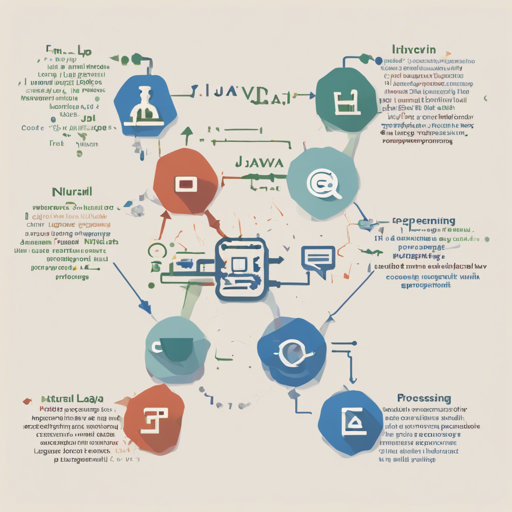Welcome to the intriguing world of Natural Language Processing (NLP) with CoreNLP! If you’re looking to harness the power of linguistics within your Java applications, you’re in the right place. This blog will guide you step-by-step on how to use CoreNLP effectively, troubleshoot common issues you may encounter, and shed light on its features that can empower your text analysis. Let’s dive right in!
What is CoreNLP?
CoreNLP is a comprehensive suite for natural language processing (NLP) that provides a variety of tools to analyze and understand human language. This Java-based library encompasses several linguistic annotations that can turn raw text into structured data, making it an indispensable resource for developers.
Getting Started with CoreNLP
To get started with CoreNLP, follow these simple steps:
- Download the Library: Visit the official website to download the CoreNLP library.
- Set Up Your Java Environment: Ensure that your Java environment is properly configured. You’ll need Java 8 or above.
- Include CoreNLP in Your Project: Add the CoreNLP library to your project dependencies
- Start Coding: Import the necessary classes from the CoreNLP package and begin implementing various NLP tasks!
Understanding CoreNLP Features Through Analogy
Imagine you are a chef preparing a gourmet meal. In your kitchen, you possess various tools: a knife for chopping, a pot for boiling, and plates for serving. Each tool serves a specific purpose but is interdependent in creating the final dish. Similarly, CoreNLP offers a variety of features—just as a chef employs different tools to prepare a meal:
- Tokenization: Like chopping ingredients, tokenization breaks text into manageable pieces or “tokens.”
- Part-of-Speech Tagging: Think of this as seasoning your dish; it assigns roles to each token, helping to enhance flavor and meaning.
- Named Entity Recognition (NER): This feature identifies important entities, akin to identifying the main ingredients in a recipe. It distinguishes names, locations, and dates.
- Sentiment Analysis: Just as a taste test reveals the balance of flavors, sentiment analysis assesses the emotional tone of the text.
- Coreference Resolution: Like ensuring the ingredients used are consistent throughout the recipe, this feature resolves references to ensure clarity in the text.
By utilizing these various functions, you’re able to create a sophisticated understanding of the text, just as a chef creates a delightful meal!
Troubleshooting Common Issues
While working with CoreNLP, you may encounter a few hiccups. Here are some troubleshooting tips to help you overcome challenges:
- Library Not Found: Make sure you have correctly added CoreNLP to your project dependencies. Check your IDE’s project structure if necessary.
- Java Version Compatibility: Ensure your Java version aligns with CoreNLP requirements. Updating Java may resolve certain errors.
- Missing Models: If you find that models are missing, download the appropriate language model from the official website.
- Slow Performance: NLP tasks can be resource-heavy. Consider optimizing your code for efficiency, or use a machine with better specifications.
For more insights, updates, or to collaborate on AI development projects, stay connected with fxis.ai.
Conclusion
CoreNLP is an incredible tool for anyone looking to delve into NLP in Java. With its extensive features and user-friendly interface, transforming textual data into discernible insights has never been easier.
At fxis.ai, we believe that such advancements are crucial for the future of AI, as they enable more comprehensive and effective solutions. Our team is continually exploring new methodologies to push the envelope in artificial intelligence, ensuring that our clients benefit from the latest technological innovations.

